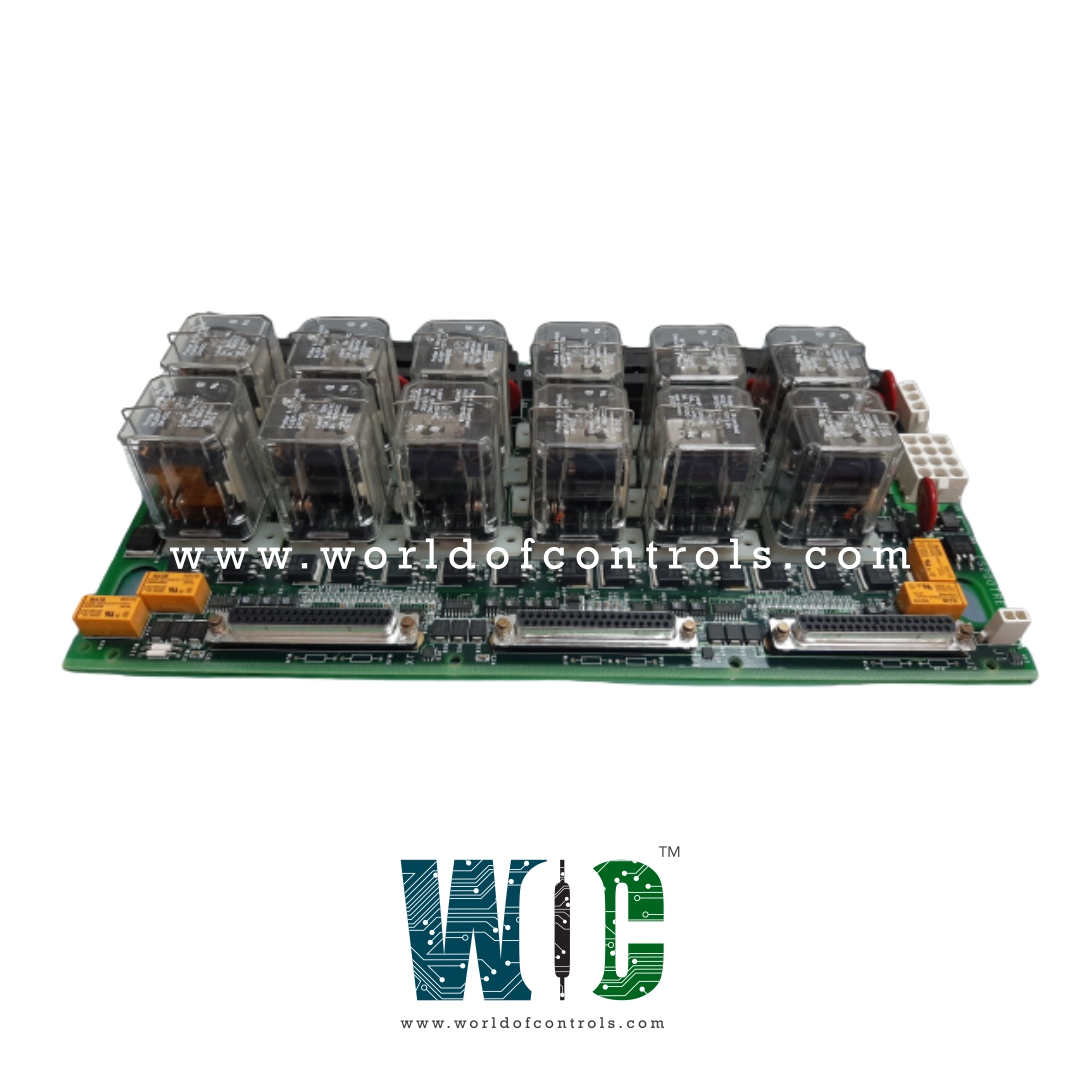
World Of Controls understands the criticality of your requirement and works towards reducing the lead time as much as possible.
IS200TREGS2B - Turbine Emergency Trip Board is available in stock which ships the same day.
IS200TREGS2B - Turbine Emergency Trip Board comes in UNUSED as well as REBUILT condition.
To avail our best deals for IS200TREGS2B - Turbine Emergency Trip Board, contact us and we will get back to you within 24 hours.
SPECIFICATIONS:
Part Number: IS200TREGS2B
Manufacturer: General Electric
Series: Mark VIeS
Product Type: Turbine Emergency Trip Board
Number of Trip Solenoids: 3
Solenoid Response Time: 0.1
Suppression Relay Outputs: 3
Solenoid Control Relay Contacts: 125 V dc
Common Mode Voltage Range: ±5 V
Size: 17.8 cm wide x 33.02 cm
Operating temperature: 0 to 60 °C
MPU Pulse Rate Range 2 Hz to 20 kHz
Repair: 3-7 Day
Availability: In Stock
Country of Origin: United States
FUNCTIONAL DESCRIPTION:
IS200TREGS2B is a Turbine Emergency Trip Board manufactured and designed by General Electric as part of the Mark VIeS Series used in GE distributed Gas Turbine Control Systems. The Gas Turbine Emergency Trip (TREG) terminal board provides power to three emergency trip solenoids and is controlled by the YPRO. Up to three trip solenoids can be connected between the TREG and TRPG terminal boards. TREG provides the positive side of the dc power to the solenoids and TRPG provides the negative side. YPRO provides emergency overspeed protection, and emergency stop functions, and controls the 12 relays on TREG, nine of which form three groups of three to vote inputs controlling the three trip solenoids. The following board types are compatible with the YPRO in a Mark VIeS SIS:
In redundant TREG applications, it is typical to find one H3B and one H4B board used together. System repairs must be done with the correct board type to maintain the control power separation designed into these systems. In Mark VIe systems, TREG is controlled by the PPRO pack on SPRO. The PPRO I/O packs plug into the D-type connectors on SPRO. Cables with molded plugs connect TREG to the SPRO board.
OPERATION:
TREG is entirely controlled by the I/O controller, and the only connections to the control modules are the J2 power cable and through the trip solenoids. In simplex systems a third cable carries a trip signal from J1 to the TSVO terminal board, providing a servo valve clamp function upon turbine trip.
INSTALLATION:
The three trip solenoids, economizing resistors, and the emergency stop are wired directly to the first I/O terminal block. Up to seven trip interlocks can be wired to the second terminal block.
WOC has the largest stock of OEM Replacement Parts for GE Distributed Control Systems. We can also repair your faulty boards and supply unused and rebuilt boards backed up with a warranty. Our team of experts is available round the clock to support your OEM needs. Our team of experts at WOC is happy to assist you with any of your automation requirements. For pricing and availability on parts and repairs, kindly contact our team by phone or email.
What is the role of the Turbine Emergency Trip Board in a distributed control system (DCS)?
The Turbine Emergency Trip Board in a DCS is responsible for monitoring turbine health and safety parameters across the entire control system network.
How does the Turbine Emergency Trip Board communicate within a DCS?
It communicates with other components of the DCS through digital communication protocols such as Modbus, Profibus, or Ethernet/IP, depending on the system configuration.
What are the advantages of integrating the Turbine Emergency Trip Board into a DCS?
Integration allows for centralized monitoring and control of turbine operations, simplifies troubleshooting, and enhances overall system reliability and efficiency.